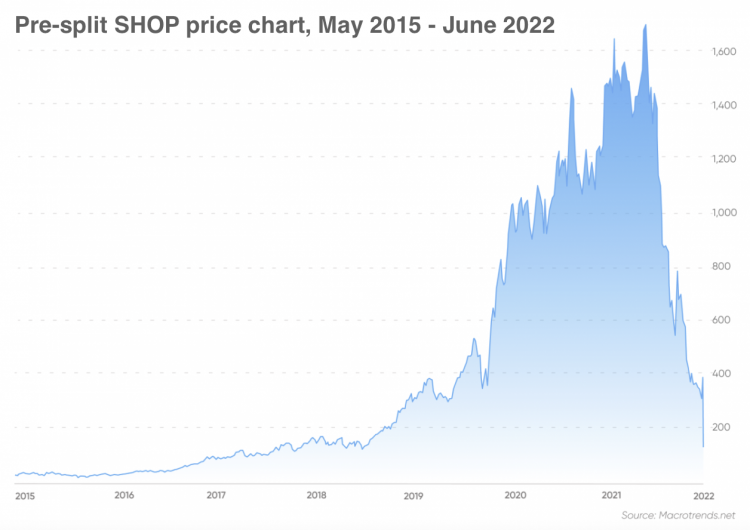Introduction:
Shopify has been one of the most successful e-commerce platforms globally, which provides an excellent opportunity for businesses of all sizes to establish an online presence. The company has been enjoying significant growth over the years, making it an attractive option for investors. In this article, we will examine Shopify’s financial performance, growth prospects, risks, and its overall potential as an investment option.
Shopify’s Financial Performance:
Shopify’s financial performance has been nothing short of impressive. In 2020, the company recorded a total revenue of $2.93 billion, which represented an 86% increase compared to the previous year. The gross merchandise volume (GMV) also increased significantly, by 96% year-over-year, indicating a strong demand for the platform. Shopify’s financial statements show positive net income since 2016 and have consistently generated positive cash flow from operations. This shows that Shopify’s growth is not a result of financial engineering but rather a robust business model.
Shopify’s Growth Prospects:
Shopify’s growth prospects are bright, and several factors contribute to this. First, the company has a scalable platform that accommodates businesses of all sizes. Currently, there are over 1.7 million merchants using Shopify’s platform, which is a testament to its scalability. Secondly, the global e-commerce market is growing, and Shopify is well-positioned to take advantage of this trend. The company is continuously introducing new features and updates to improve the user experience and stay ahead of the competition.
Moreover, Shopify is expanding its services beyond e-commerce, for instance, with its Shop Pay Installments service, which provides a buy-now-pay-later option that can increase sales for merchants. Shopify is also making significant investments in augmented reality (AR) and virtual reality (VR) technologies, which could revolutionize the way online shopping is done. These investments are crucial in ensuring that Shopify maintains its competitive advantage.
Potential Risks:
Although Shopify has a promising future, several risks could affect the company’s prospects. One significant risk is competition. Shopify faces stiff competition from e-commerce giants such as Amazon, Walmart, and eBay. These companies have the financial muscle to improve their platforms, which could make it more challenging for Shopify to maintain its market position.
Another risk is that Shopify’s business model is based on third-party apps and integrations. While these apps are a vital part of Shopify’s ecosystem, the company relies on third-party developers to create and maintain them. Any issues with these apps or integrations could affect the user experience, which could harm Shopify’s reputation and lead to a decline in usage.
Lastly, Shopify’s stock valuation is relatively high compared to its peers, making it vulnerable to market fluctuations. This high valuation could also lead to a potential downturn, which would negatively impact the company’s prospects.
Conclusion:
Shopify is an excellent investment option for investors who are looking to tap into the growth of the e-commerce industry. The company’s financial performance has been outstanding, and its growth prospects are bright. However, investors must understand the potential risks, including stiff competition, dependence on third-party apps, and a high valuation. Shopify’s focus on innovation and its commitment to expanding its services beyond e-commerce gives it a competitive advantage, making it an attractive option for long-term investors. In conclusion, investors should conduct thorough research and analysis before making any investment decisions.

